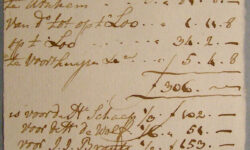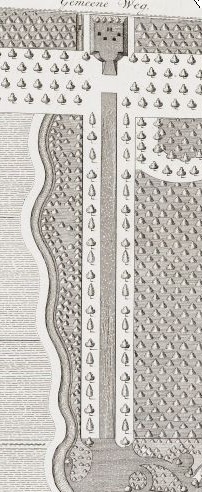De Kleefse reis van Jan Jacob Brants

John Maurice, Prince of Nassau-Siegen was stadtholder of the German city of Kleve from 1647 onwards. He created his own paradise there and during the following centuries many Dutch travellers found their way to this city just across the border. Kleve (Kleef in Dutch) was also the destination for Jan Jacob Brants and his fellow travellers in or around 1790. The record of their trip (and the route taken) comes in the form of an overview of costs incurred. It raises the question whether Brants deliberately visited some gardens created by the architect he himself had employed just before he went on this trip. Johan Georg Michael had created gardens and parks closer to home, but Brants possibly wanted to see the ones further afield?
John Maurice, Prince of Nassau-Siegen was stadtholder of the German city of Kleve from 1647 onwards. He created his own paradise there and during the following centuries many Dutch travellers found their way to this city just across the border. Kleve (Kleef in Dutch) was also the destination for Jan Jacob Brants and his fellow travellers in or around 1790. The record of their trip (and the route taken) comes in the form of an overview of costs incurred. It raises the question whether Brants deliberately visited some gardens created by the architect he himself had employed just before he went on this trip. Johan Georg Michael had created gardens and parks closer to home, but Brants possibly wanted to see the ones further afield?



